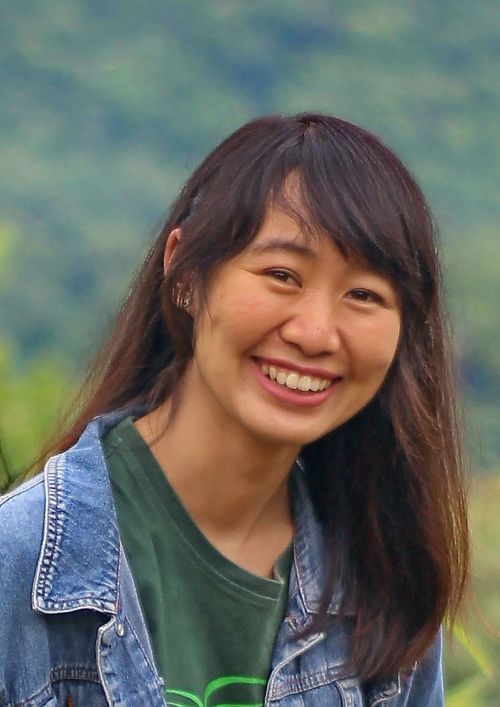Seed and Seedling Predation of Five Framework Tree Species in a Degraded Forest Area of Ban Nong Hoi, Mae Rim District, Chiang Mai Province

ABSTRACT: One limitation of forest restoration by direct seeding is seed and seedling predation by natural enemies. Natural enemies include both vertebrate and invertebrates. This study was set up to quantify seed and seedling predation by vertebrates and invertebrates in a degraded forest area. Five native tree species were tested in this study; Hovenia dulcis, Prunus cerasoides, Alangium kurzii, Choerospondias axillaris and Horsfieldia amygdalina. Seeds of each species were placed on ground under five treatments of enemy exclusion including; 1) wire cage (vertebrate protection), 2) insecticide spraying (invertebrates protection) 3) wire cage and insecticide spraying, 4) open cage and 5) control (allow all enemies). Percentage seed removal, seed germination and seedling mortality were compared among treatments. Seed removal was differed significantly among species. The largest seeds - those of H. amygdalina - had the highest percent seed removal and no seed germination. For four species H. dulcis, P. cerasoides, A. kurzii and C. axillaris, seed removal was low and percent seed removal did not differ among species. Among the treatments, caging seeds with wire cages significantly reduced seed removal. This suggested that vertebrate species are major seed predators. For seed germination, excluding natural enemies did not increase seed germination. Differences in germination among species may be influenced by seed characteristics and germination requirements. Moreover, excluding natural enemies did not prevent seedling mortality. This suggested that other factors, such as competition, might be a major cause of seedling mortality. In addition, to determine potential natural enemies in the study site, camera trapping was used to survey small mammal and birds. Pitfall trapping, sticky trapping and direct capture methods were used to collect invertebrates. For vertebrates, rodents (Mus sp.) frequently visited the studied site, especially during the first weeks after sowing seeds. For invertebrates, ant species (Order Hymenoptera) were more abundant than other invertebrate species. Both rodents and ants are seed predators in degraded areas. From this study, recommended species for direct seeding, ranked by their performance, were P. cerasoides, A. kurzii, C. axillaris and, H. dulcis, For H. amygdalina, direct seeding is not recommended without treatments to reduce seed loss.

